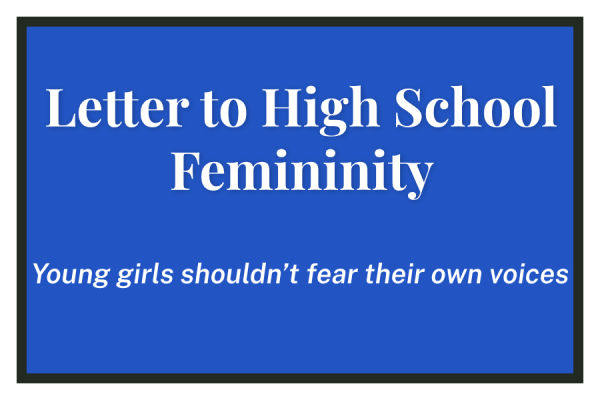Marching for Equality?
White Feminism and the Search for Solidarity
On October 25, 1997, more than 750,000 black women marched through the Ben Franklin Parkway in Philadelphia, coming together for a Million Woman March. The point of the demonstration, organized by Phile Chionesu and Asia Coney, was to protest the problems of black women and communities in America — such as lack of economic opportunities — as well as to bring together their community to recognize the strength that black women possess. Marchers hoped to combat the negative stereotype of African American women perpetrated by the media.
And now, twenty years later, on January 21, women’s marches took place throughout the country — in D.C., Chicago, New York, Los Angeles, and dozens of other cities— protesting in response to Donald Trump’s inauguration the day before.
I attended the Chicago march, and it was powerful. Tens of thousands of people calling for equal rights, protesting Trump, and, at least in theory, supporting their sisters of color.
The Women’s March on Washington website declares their mission, this way: “We stand together in solidarity with our partners and children for the protection of our rights, our safety, our health, and our families —recognizing that our vibrant and diverse communities are the strength of our country.” The website goes on to explain how all women, regardless of race, ethnicity, sexual orientation, class, religion, age, or ability, have been negatively affected by the recent election cycle.
This is true, of course. Women’s health and representation are undoubtedly threatened by the new president and his administration. The few who say differently are either kidding themselves or delusional. Trump, or people on his cabinet, have threatened to defund Planned Parenthood, overturn Roe vs. Wade, and spoken about sexually assaulting women, among countless other offenses.
But what is really hard for a large portion of white activists to accept is that for women of color, attacks on our civil rights are not exactly new.
Minority women in America, specifically black women, are five times as likely to need or receive an abortion than white women, according to the Department of Health and Human Services. Moves to repeal the legalization of abortion would therefore affect Black women more than white women. In terms of the wage gap, the 77 cents that women earn compared to a man’s dollar applies only to white women. Black women typically earn 65 cents and Latina women 58 cents to a man’s dollar, according to a Pew Research Center study in 2015.
A disproportionate amount of rape victims are women of color, specifically Native Americans, says RAINN, an anti-sexual assault database. The fact of the matter is, women of color are at a significant disadvantage even compared to white women in America.
Imagine my surprise when, taking part in the Chicago march, the majority of attendees that I observed were white. Certainly some people were calling for intersectional feminism, meaning feminism that profits not, to be clear, only white, upper class women but everyone. A sense of solidarity permeated the air, and there were many people of color in attendance.
But it was an event dominated by white people to support the causes of white people. White women showed up to support this issue, but not a thousand others that especially affect women of color. Just because some people were promoting women of color does not change the fact that this march occurred after the inauguration —which made white people feel threatened, too— not after the murder of Tanisha Anderson, or any of the other number of atrocities committed against women of color.
None of this is to say that white women do not have reason to protest. Going to Parker, being as privileged as I am, I still find Trump’s presidency terrifying, and a lot of legislation passed by his administration may affect all women. But that women’s issues have been recognized only now that white women are scared does not go without notice.
Throughout American history, until white people of considerable means are affected by an issue, not a lot of change takes place to fix the problem. The women’s suffrage movement of the 1900’s, for instance, was brought to prominence by white, middle class women such as Elizabeth Cady Stanton and Susan B. Anthony.
By no means am I trying to say that what women around the country are organizing for is unworthy or unimportant because some suffering does not deserve the same attention. All I am saying is that we, as a school, as a city, as a country, have to recognize that even though white women are feeling the brunt of oppression because of the new president, women of color have been feeling this oppression since 1492.
So, yes, stand up for your rights, but know that some of the rights you’re fighting to keep are rights that women of color never had the luxury to call theirs. Go to these marches, support feminism, protest Trump, but don’t think that this is some radical change in America. It’s not as though a bunch of sexist, racist people suddenly immigrated and voted in this election. People who believe that women and people of color are inferior have been living in this country since day one, and women of color have been living with that fact for hundreds of years. I’m sorry that white people finally have to realize it too.







